In order for onions to be well preserved, you need not only to follow the recommendations for planting and care, but also to harvest from the garden on time. When and how to do this? The advice of experienced gardeners will help in this matter.
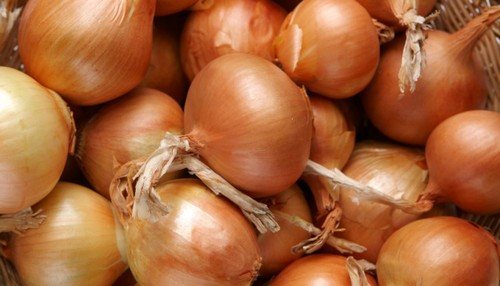
External signs
You need to start harvesting onions when the vegetable lies on the ground, its feathers become yellow and dry. At this time, the formed bulb is in the ground.

Deadlines
It is difficult to determine the universal harvest date; it is different for each region. For example, a vegetable in nearby villages may ripen with a difference of 1–2 weeks.
In central Russia, harvesting of ripened bulbs begins at the end of July and ends in mid-August. But the main factor is the weather: if the summer was dry and hot, then the vegetable will ripen quickly.
Weather
Before the expected onion harvest date, it is important to study the weather forecast and select several days to collect the vegetable. If the weather is sunny outside, the crop will not get wet, and it can be dried right in the garden. There are also other advantages of such weather: turnips are dug up dry and are easily cleared of soil.
But if this happens and it starts to rain, then after harvesting the onion must be washed, cleared of feathers and husks, the roots cut off and laid out in a ventilated building to dry. After 2-3 weeks, the onions will put on golden new shirts.
Important. You need to collect onions before the first frost. Otherwise, it will freeze and become unsuitable for storage and consumption.
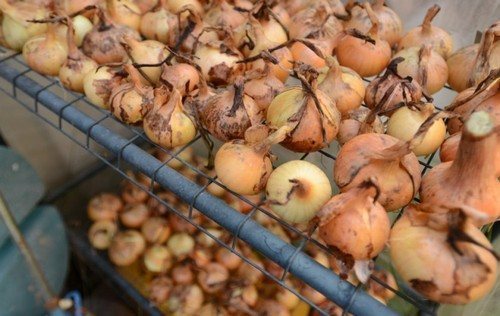
Rules for digging onions
- Do not water onions 2-3 weeks before harvest.
- Remove the vegetable from the ground carefully, otherwise it will rot if the tops are damaged.
- For cleaning, take a garden fork or special scissors for cutting onions.
- If soil remains on the vegetable, it can be removed by hand or using the side of scissors.
- After digging, the onions need to be dried in the garden for 2–3 hours, and then indoors for 10–12 days.
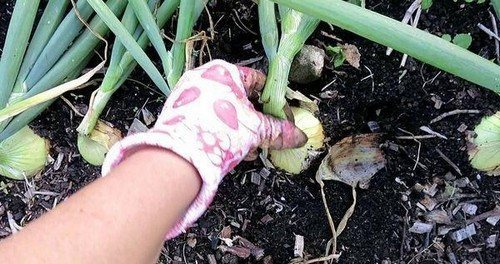
Important. Do not hit root vegetables against each other or against foreign objects. Impacts will cause damage and rotting of the bulbs.
If you encounter unripe specimens with a juicy neck, they should be immediately taken to the kitchen, since such bulbs are not suitable for winter storage.
Trimming, sorting
- When the onion dries, you need to trim the leaves, but be sure to leave a neck 50 mm long. It will prevent the bulb from becoming infected.
- Use dried feathers as twine for tying.
- Before storing turnips, sort them by size. Place small onions in jars, medium and large ones in boxes or store tied.
- Clean, peeled onions can be stored in a box. Bulbs with an open, thickened neck are best selected and used for cooking.
- Onions without husks are not afraid of diseases and pests.
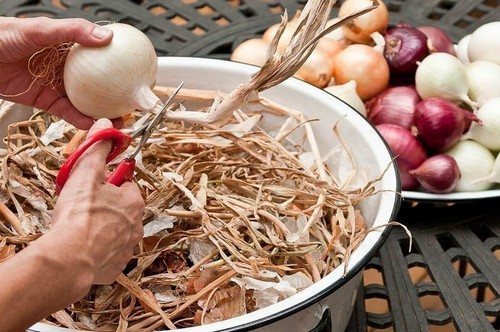
Healthy vegetable
Onions are a cure for “seven ailments.” It contains vitamins A, B1, B2, C, PP, 18 chemical elements, including calcium, phosphorus, potassium, sodium. But in order for all these useful substances to remain in the onion for a long time, it is important to remove it not only on time, but also correctly. And then the family will be provided with vitamin and healthy vegetables until the next season.


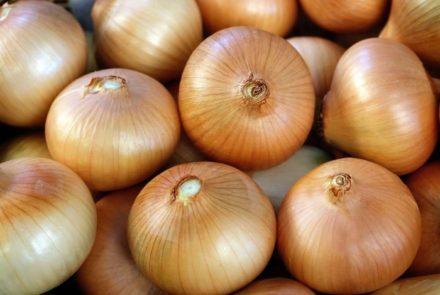

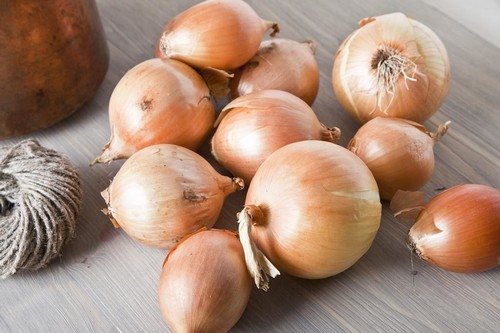

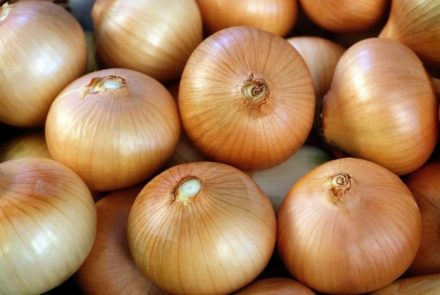
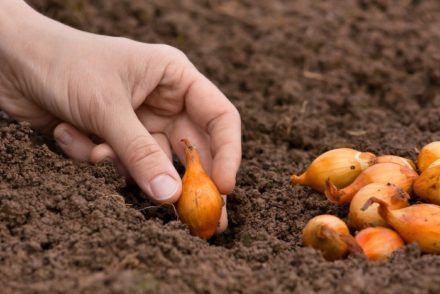
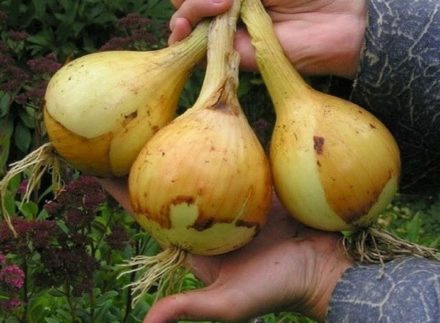
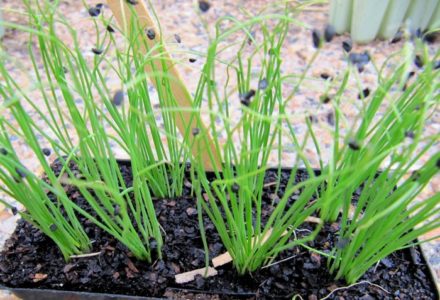
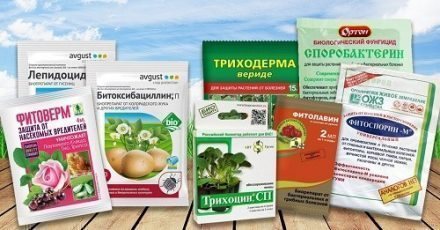
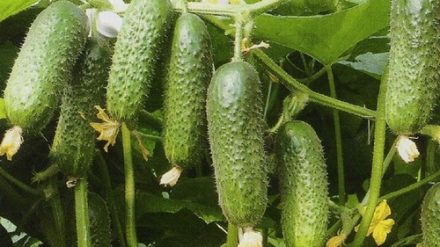

In what climatic conditions should it be stored? In the cold? In warm places?